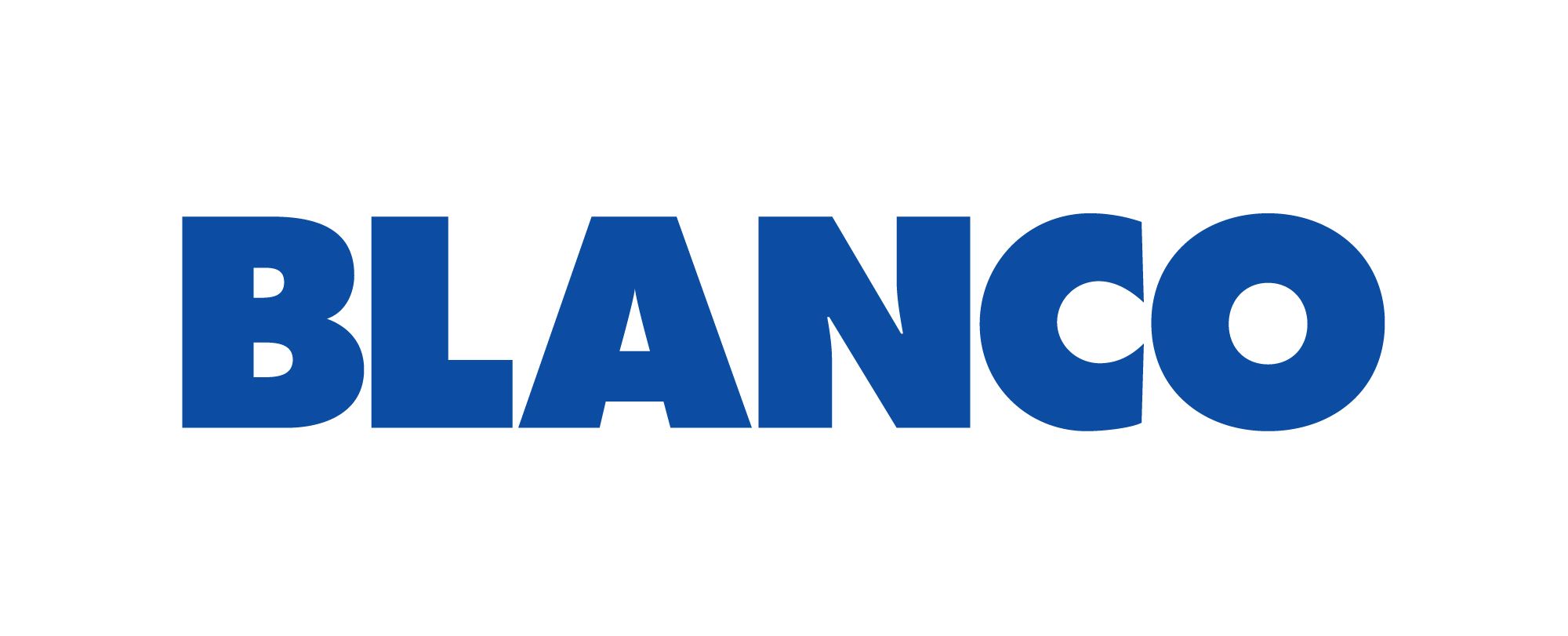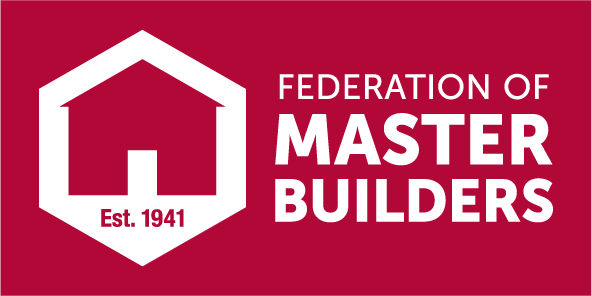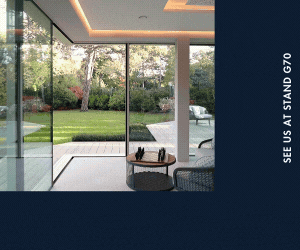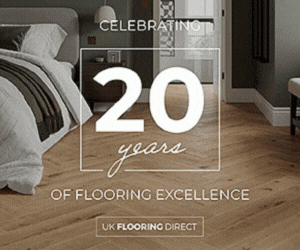Interesting Times Gang
Every year over 10 million tonnes of furniture and interior design elements end up in waste streams in the EU. A tiny percent of this is recycled or reused while the vast majority ends up in landfills or incineration.
The majority of the materials used in this massive industry are from unsustainable sources and are problematic for the environment at the end of life phase, and therefore for Scandinavian society’s waste streams.
Simultaneously the global demand for traditional plastic is unprecedented with production levels growing exponentially each year.
Unfortunately many of the critical stakeholders in this value chain are unwilling or unable to take the required responsibility to address this issue.
Manufacturers, producers and designers have very few viable and competitive solutions to traditional materials available to them, so they are forced to continue with business-as-usual to meet the demands of their businesses and their customers.
Customers have few biobased solutions to furnish and decorate their homes, offices and public spaces besides wood. Trees take 80-100 years to grow and forestry can affect biodiversity if it is not carried out according to sustainability regulations.
Many waste companies and governmental institutions do not have the facilities or processes in place to sort and process biobased material. Introducing this capability will require investments that can not be justify based on current volumes of production.
There is great potential for alternative biobased materials to have a significant impact on the entire design process and society as a whole, while generating value for aquaculture and ocean biomass as a source.
Although the wood and forestry industry is developing several alternatives, there is an increasing realisation that planetary well-being, requires regenerative materials that do not threaten biodiversity as much as forestry does.
In the project involving the Infauna Lamp we looked into using two ocean biomasses, Nordic Sugar Kelp (Saccharina Latissima) and Pacific Oysters (Magallana Gigas) to be converted into two different materials for a number of beautiful products and interior design applications. These biomaterials will have the potential to become viable alternatives to plastics and particleboards. They can be used in everything from non-load bearing interior walls, cabinet doors and shelves, to lampshades, kitchen organisers, cutlery drawers and more sustainable furniture.
We hope to achieve the vision of a Nordic home designed, built, and filled with objects made from biodegradable multi-purpose materials. This initiative aims to demonstrate the potential of Ocean Biomass as a viable alternative to traditional materials, and to help position the Nordic Region at the forefront of the bioindustrial design revolution.
Bioplastic from Oyster Shells
Crushed Oyster shells are mixed with polyhydroxyalkanoates (PHA) and polylactic acid (PLA) to develop a beautiful, compostable bioplastic. PHA is a biodegradable and compostable polyester produced naturally by microorganisms, such as bacteria, in response to nutrient imbalances. The result is a versatile polymer that can be tailored to have different physical and chemical properties depending on the specific application. It can be processed into various forms, including films, fibres, filaments, and injection-moulded products. That makes it a suitable substitute for traditional petroleum-based plastics in a wide range of industries.
The first design conceived from the project, The Infauna lamp - a biophilic ambient light, a small sculptural piece, with a lot of character, reminiscent of a sea creature from the depths below. That is planned to be released to the market in Q3-Q4, 2024.
All of the ocean biomass materials above would not have been possible without Nordic Innovation, an organization that represents the Nordic Council of Ministers. Their commitment to helping to support the production of these biomaterials has been essential to making these objects become reality.
Website: www.itg.studio

)
)
)
)
)
)
)
)




)





)
)











)
)





)






)
)